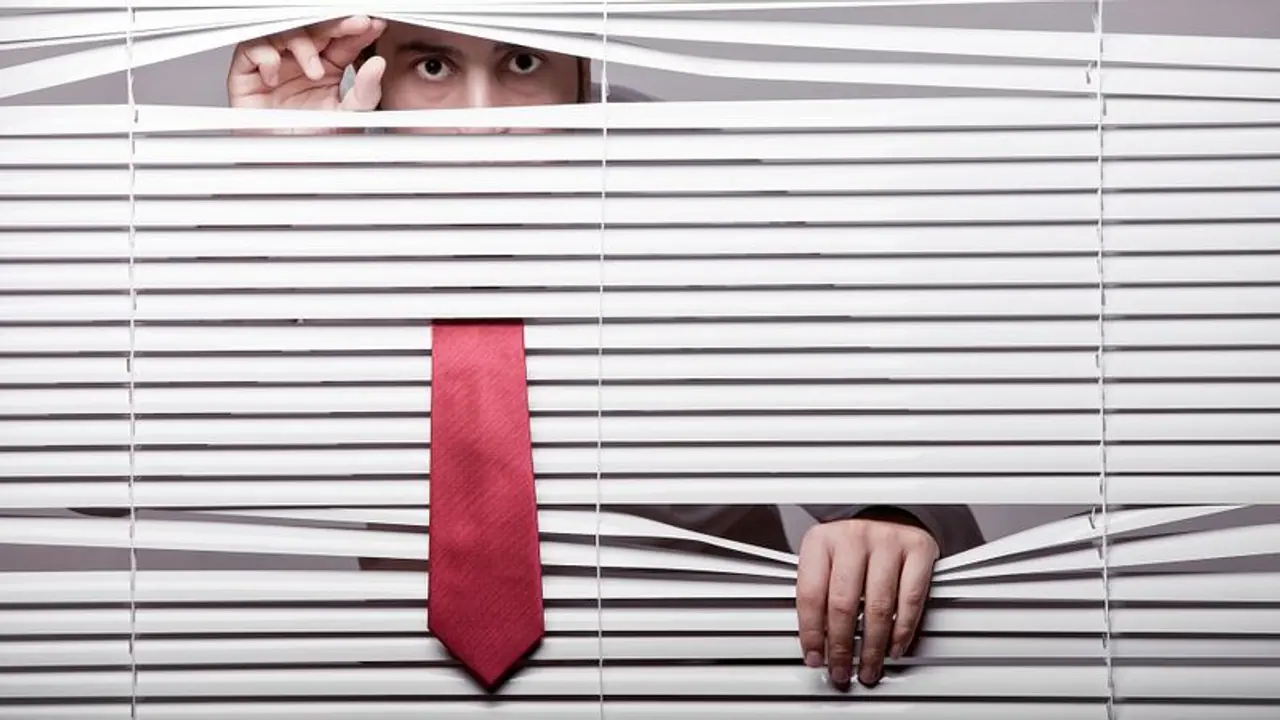On December 11, the Supreme Court directed the government to not only frame necessary guidelines to remove child pornography, rape and gang rape content from technology platforms, but also implement them within two weeks
New Delhi: After the BJP-led government has notified that it will be implementing a Supreme Court order to erase posts on social media related to issues ranging from child pornography to anti-India material, the opposition leaders, from Rahul Gandhi to Mamata Banerjee, said that it is just to snoop into the lives of individuals.
But now the question is: Whether the Congress is opposing something that it itself introduced when it was in power?
Here is your quick guide to the ongoing row that is touted as “snoopgate”.
1. Section 69 of IT Act was amended in 2008 when UPA was in power. At that time, A Raja, who was accused in the 2G scam, was the minister of communication and information technology and Shivraj Patil was the home minister. While the first was a DMK member, the later was a senior leader of Congress.
2. In 2009, the rules under Section 69 of IT Act [Information Technology (Procedure and Safeguards for Interception, Monitoring and Decryption of Information) Rules] were framed. At this time, P. Chidambaram assumed the office of the home minister.
3. In 2011, MHA issued the standard operating procedure for the interception, handling, usage, copying, storage or for that matter destruction of messages or telephonic intercepts or emails under section 5(2) of Telegraph Act and section 69 of IT Act.
4. The notification issued on December 20, 2018, gives a list of agencies, which were authorised to exercise powers under 69 IT Act and prevent its misuse. These are the same agencies which were given authorisation by the SOP of 2011. The only difference is transparency. Thus the Congress is protesting something they only brought in, minus the transparency.
5. Technology platforms being used for spreading child sexual abuse material is nothing new today. Despite directions from the apex court in Prajwala matter, social media and messaging service providers have been unwilling to share details about people who are posting and sharing such materials. The government’s move is expected to address the concern.
6. Moreover, several technology platforms are being actively used for spreading terrorist propaganda and recruiting militants. Again, social media and messaging service providers have been reluctant in sharing any detail despite repeated requests from the government.
7. Technology platforms have been used recently to threaten even the Supreme Court judges. But no details about the offenders were provided.
8. Impersonation of Chief Justice of India and obnoxious material in his name are nothing new nowadays. However, culprits are roaming scot-free.
9. The security agencies are facing difficulty in getting information to trace culprits despite submitting lawful requests.
Therefore, it is high time that social media and messaging service providers should buckle up and help authorities in curbing crimes by giving necessary details. But will it be snooping as the oppositions allege?
On December 11, the Supreme Court directed the government to not only frame necessary guidelines to remove child pornography, rape and gang rape content from technology platforms, but also implement them within two weeks.
In absence of corporation from service provides, the decision is being seen as the Supreme Court’s last resort.
Another positive side of the decision is transparency. Earlier, call details of some citizens, including eminent personalities, were found in possession of people who were not authorised to have access to them. However, after the implementation of the guidelines, such personal details can be accessed only by authorised agencies.
